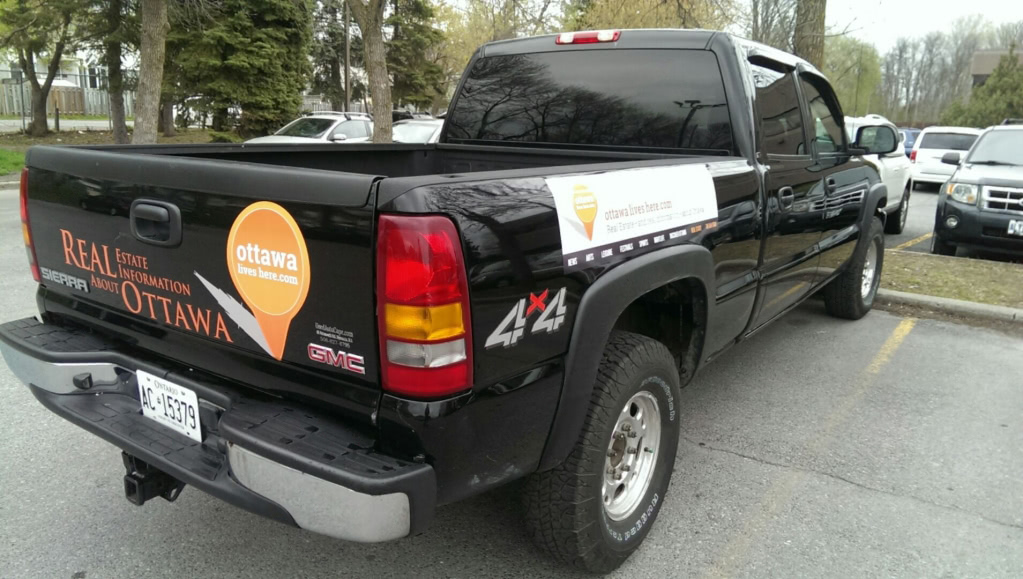JACOB HOYTEMA Updated: August 12, 2019
Ottawa is fresh off of celebrating its one millionth resident, but city staff are already thinking another 400,000 ahead. The municipal government is working on a new master plan to guide its decision-making and growth between 2021 and 2046, during which time the population is expected to reach 1.4 million. This new plan is supposed to prepare for that shift by broadly designating how that growth will be spread out, and how it will impact different parts of the city.
A finalized version of the plan isn’t expected to be set in stone by council until spring of 2021. Nonetheless, city staff outlined on Monday a slew of suggested policy directions under five themes that, if approved, will guide the discussion around the remaining stages of the plan’s development. Staff have released the so-called “five big moves” so that members of the public can familiarize themselves for future consultations.
Briefly summarized, the five themes are: intensification, transportation, “sophistication” in urban and community design, environmental and public health, and economic development.
Corresponding to the five themes, this newspaper has identified five points of interest from among the many policy directions released Monday.
1. Encouraging more sustainable commutes: In 2016, 41.5 per cent of commuters listed a sustainable mode of transportation — cycling, transit, walking or carpool — as their main way to get around. The city wants to push this even further by ensuring that, by 2046, most trips in Ottawa are sustainable. They recommend new developments be built near existing transit infrastructure like O-Train stations, and that the focus on light rail should continue even after Stage 2 and a possible Stage 3 are completed.
There’s no policy direction calling for an overhaul in the city’s approach to cycling, though a lot of the other directions include bullet points recommending things like a focus on cyclist connections to transit hubs and including cycling infrastructure in new streets.
2. Building up instead of out: Rather than directing population growth to new suburban developments further and further into green space, the city wants to concentrate on “intensifying” already built-up areas. City staff say this would mean less impact to outlying agricultural lands, more access to services and businesses that already exist in those neighbourhoods, and shorter commute times for residents — what they refer to as “walkable 15-minute neighbourhoods.”
3. Nod to affordability: With a shrinking rental market and soaring property prices, some groups have said that Ottawa is experiencing an affordable housing “crisis.” The new plan includes just a couple notes on affordability, proposing that new city-owned facilities should come with built-in affordable housing, and that close placement to transit should reduce mobility costs for residents.
4. Change in deciding where to locate industrial space: City staff are suggesting the municipal government could do a better job of integrating workplaces into the same urban areas where workers live, rather than lumping office space into a segregated campus or business park.
Ottawa’s employment is “primarily knowledge-based,” the document says, referencing office jobs in the public service, research and academia. The city wants to ensure these jobs “are not segregated into separate lands away from other areas of the city, but rather that they locate in lively areas such as main streets and transit nodes.”
5. Protecting the skyline: There are a few proposed policy directions for strengthening the city’s heritage protection to ensure that old buildings like churches and schools find new occupants as they live beyond their original use.
RELATED
And opponents of the Château Laurier extension will be interested to hear that, in the context of “the city’s evolving skyline” and “the rising interest in addressing city image matters,” the plan recommends identifying views of the city skyline that should be placed under protection as new towers and developments are built.











